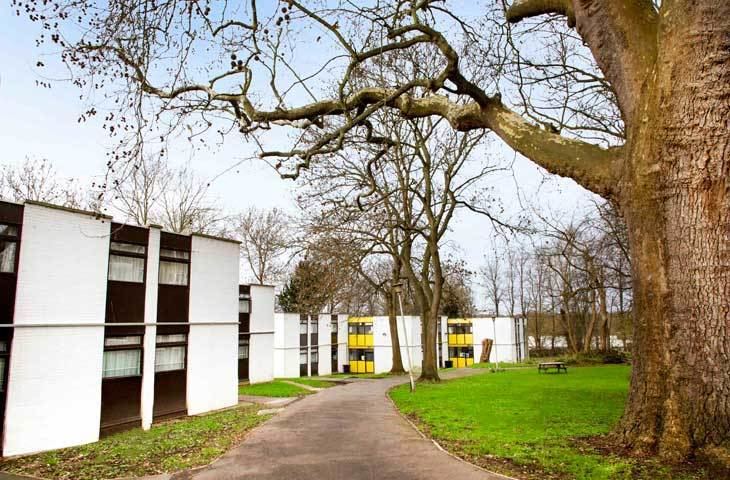Opened 1772 Architect Robert Taylor | Function House | |
 | ||
Similar Parkstead House, Grove House - Roehampton, Queen Mary's Hospital, Roehampton House, Priory Hospital | ||
Mount Clare is a Grade I listed house built in 1772 in Minstead Gardens, Roehampton, in the London Borough of Wandsworth.
Contents
- Map of Mount Clare House Minstead Gardens Roehampton Gate London SW15 4EE UK
- Notable residentsEdit
- Requisition in 1945 and subsequent useEdit
- References
Map of Mount Clare House, Minstead Gardens, Roehampton Gate, London SW15 4EE, UK
The architect was Sir Robert Taylor, and the house was enlarged with a portico and other enrichments in 1780 by Placido Columbani. It was Grade I listed on 14 July 1955.
The house was built for the politician George Clive and the gardens were landscaped by Lancelot "Capability" Brown.
Notable residentsEdit
Clive died in 1779. Subsequent residents have included:
Requisition in 1945 and subsequent useEdit
The house was requisitioned by Wandsworth Borough Council in 1945. In 1963 it became a hall of residence for Garnett College, the UK's only dedicated lecturer-training college. Garnett College became part of Woolwich Polytechnic, then Thames Polytechnic, then the University of Greenwich.
Today Mount Clare is a hall of residence for the University of Roehampton.
